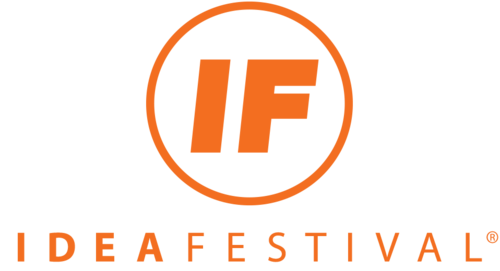 Only the curious have something to find. Nickel Creek
Only the curious have something to find. Nickel Creek
It's that time of the year again, when lists suddenly appear everywhere.
Between now and the year-end you can expect to see a huge number of "best-of" lists ranging from books to movies to restaurants to the top stories as reported by newspapers and news outlets. Listicles have become a popular format for writing and, to a lesser extent, reporting.
In an article in The New Yorker this past weekend, IdeaFestival 2013 speaker, neuroscientist and author of "Mastermind: How to Think Like Sherlock Holmes," Maria Konnikova, describes the appeal of lists to the human mind, saying they provide pre-packaged information that takes a lot of the guesswork out of "acquired data."
[Lists] create an easy reading experience, in which the mental heavy lifting of conceptualization, categorization, and analysis is completed well in advance of actual consumption—a bit like sipping green juice instead of munching on a bundle of kale. And there’s little that our brains crave more than effortlessly acquired data.
They also appeal to our urge to categorize and to the desire to make choosing easier.
Lists also appeal to our general tendency to categorize things—in fact, it’s hard for us not to categorize something the moment we see it—since they chunk information into short, distinct components. This type of organization facilitates both immediate understanding and later recall....
... In 2011, the psychologists Claude Messner and Michaela Wänke investigated what, if anything, could alleviate the so-called “paradox of choice”—the phenomenon that the more information and options we have, the worse we feel. They concluded that we feel better when the amount of conscious work we have to do in order to process something is reduced; the faster we decide on something, whether it’s what we’re going to eat or what we’re going to read, the happier we become.
The trouble with lists is that while they reduce cognitive load, they don't necessarily lead to generative thinking. Konnikova touched on this during her IdeaFestival 2013 talk, live blogged here:
But to get to novel or hidden solutions, one must take different paths. For imaginative solutions we need to have a well-stocked attic, to be well read, to have a standard set of information about the world around us. Those data points are the raw material for expansiveness of thought.
Holmes' "three pipe" approach asks us to take a step back, to give the mind time to rummage through the attic. It's particularly important when, as she demonstrates using some clever optical illusions. The hidden information is often there, waiting for patient exploration.
In a recent post at Farnam Street, the "Five Skills of Disruptive Thinking," Shane Parrish echoes that thinking using Dyer, Gregersen, and Christensen's The Innovator’s DNA to make the points.
I bet I know what you're thinking. Among the "five skills" are an ability to think laterally, to connect, as it were, the previously unconnected dots. And echoing Konnikova, Parrish also lists "observing" as a key skill for discovery, which suggests the need for time, which, sadly, most of us seem to crave and none of us seem to have.
Here's a suggestion. The next time you see a listicle, stop what you're doing and go pick out a short story by Chekhov or Cheever. Or jump to Longform.org to choose a essay or journalistic expose or biography to read. Relax into the words for a while. Any of the authors you choose will likely respect you much too much to give you the answers.
Stay curious.
Wayne
Image: ![]()
![]() Some rights reserved by Ian Muttoo
Some rights reserved by Ian Muttoo
